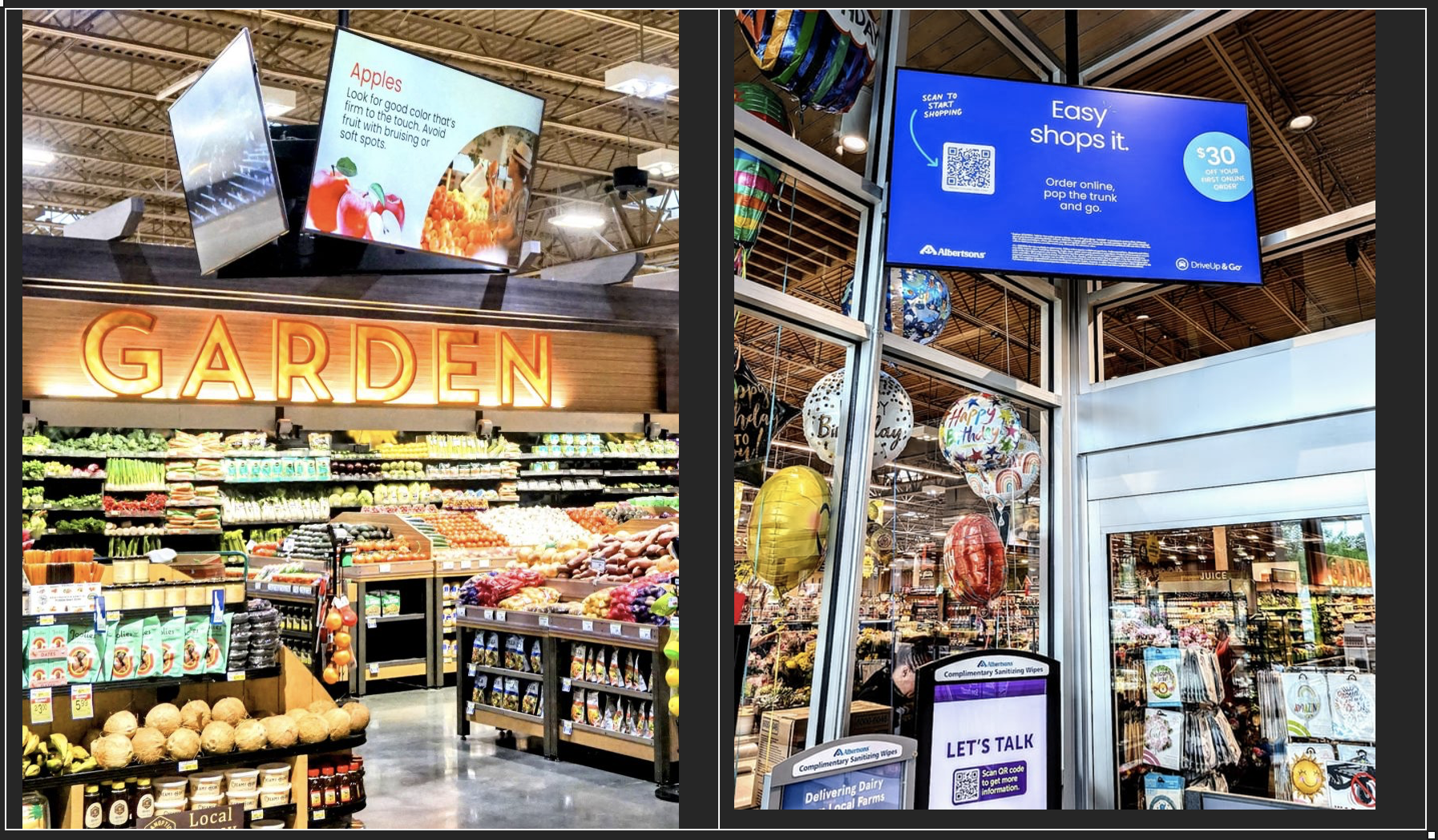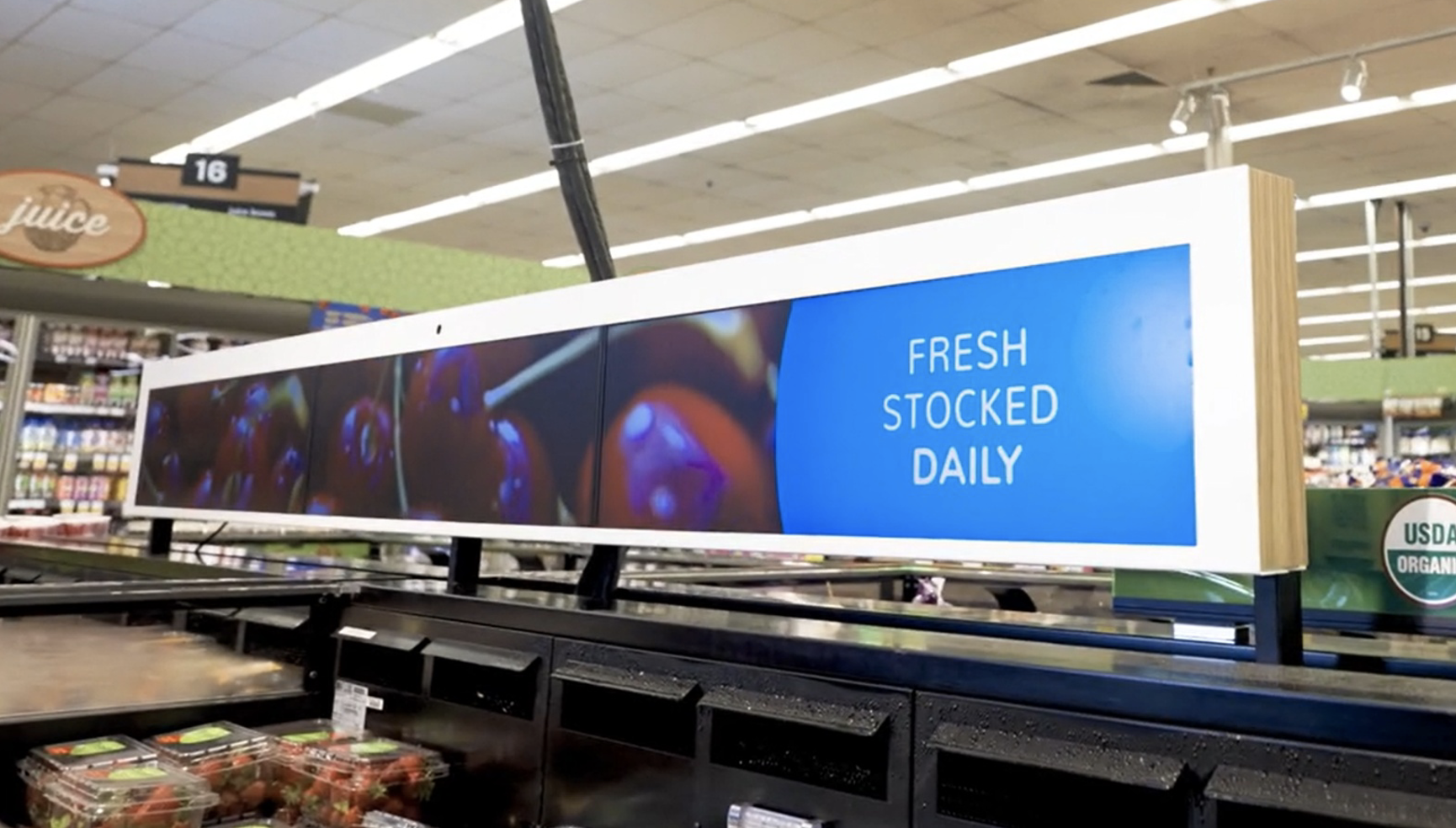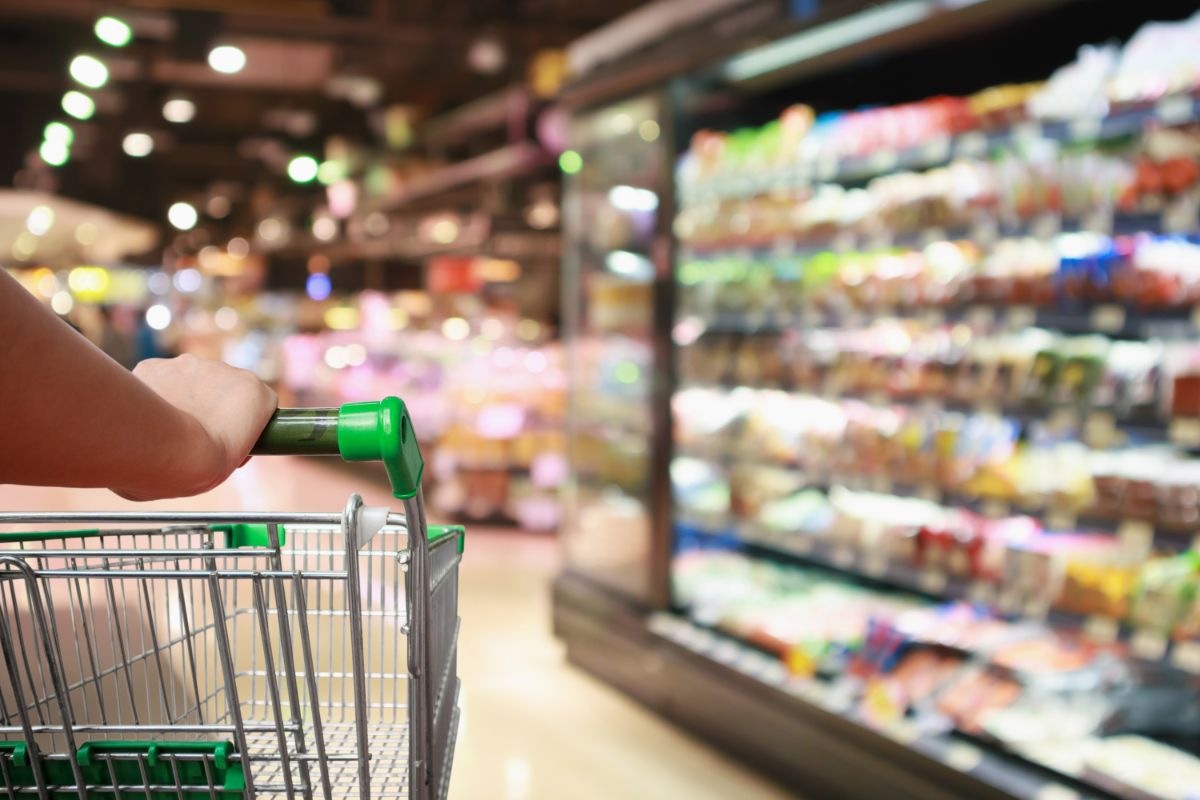Just over a quarter (25.3%) of UK retail sales took place online in January – the lowest proportion since March 2020, the latest official figures suggest. Shoppers appear to have returned in-store as sales picked up from a pre-Christmas Omicron-driven lull.
The estimate of 25.3% in today’s ONS Retail Sales report for January 2022 marks a further month of continued, steady decline in the proportion of sales taking place online since ecommerce sales peaked in last year’s lockdown at 36.5% in February 2021. It remains well above the 19.8% of sales that were online in pre-pandemic February 2020.
Today’s news comes as ONS estimates suggest retail sales across all channels grew strongly in January compared to last year, but fell online compared to both last year and the previous month of December 2021. Spending was 3.6% ahead of pre-pandemic February 2020.
How shoppers spent online
Shoppers spent less almost every category compared to both the same time last year and the previous month. Online sales were a fifth (-20.8%) lower than in January 2021, and 4.5% lower than in December. The only categories that saw ecommerce growth were department stores, where online sales were 2.5% higher than in December, but almost a quarter (-23.1%) lower than last January. Some 23.8% of sales in the category took place online. And at non-store retailers, January sales were 4.3% higher than in December, but down compared to last year (-15.5%). Some 74.3% of non-store retailing sales were online. The ONS also says that non-store retailers – predominantly pureplay retailers – saw their sales volumes stay 41.6% ahead of February 2020 levels.
Some 9.5% of food sales were online as online food sales fell by 22% on last year and 14.8% on the previous month.
Clothing sales were 23.7% online, with spending falling both compared to last year (-17.6%) and last month (-16.5%). A fifth (20.5%) of household goods sales were online – and spending was almost a third lower (-32.4%) than a year earlier, and 15.8% lower than in December.
At ‘other’ store – ranging from electricals retailers to jewellers and bookshops – 17.5% of sales were online, with spending down both on last year (-32.1%) and last month (-15.8%).
How shoppers spent across channels
Today’s ONS figures suggest shoppers spent 12.8% more across all UK retail channels than they did a year earlier, to buy 7.2% more goods: the 5.6 percentage point difference likely reflects the effects of rising inflation. They spent 2% more than in December 2021, to buy 1.7% more goods, excluding fuel. When fuel was included, they spent 1.9% more than in December to buy 2% more goods.
In December, shoppers had spent 3.4% less than in November to buy 4% fewer goods. Customers bought earlier last autumn to ensure they had what they wanted ahead of Christmas – and then were less likely to go out and shop when the Omicron variant hit in the run up to Christmas. January’s spending seems to represent a recovery from that previous fall.
However, food sales fell by 2.3% during the month and were below pre-Covid-19 levels for the first time. The ONS report says: “Sales volumes held up during the first year of the pandemic but have broadly fallen over the period since June 2021 as consumers diverted spending to services. Sales volumes in January 2021 were 0.8% below their February 2020 levels.”
Clothing sales also fell by 5% using the month and were 12.6% lower than in February 2020 – perhaps, suggests the ONS, as retailers discounted less than they had in previous years and as a result of rising prices.
Analyst reaction
Ryan Cook, UK managing director at commerce platform provider Criteo, says: “Today’s ONS results will come as a welcome surprise after a slower peak shopping season. As the UK lifts all restrictions in the coming weeks a sense of plucky optimism is returning to a sector that has been dramatically disrupted over the past two years.
“Our data, based on $900B in annual commerce sales, shows that consumers are also preparing and excited to make the most of greater freedom. For example, swimwear saw a 98% year-on-year (YoY) sales increase in January as people gear up to flock to sunnier settings. What’s more, as the postponed wedding bells prepare to ring again, the data showed a 207% YoY increase in bridal party dresses last month. While Covid-19 accelerated the move online, the truth is that the rise of ecommerce was put in motion well before the pandemic and it will pay dividends this year.”
Melissa Minkow, director, retail strategy at digital transformation consultancy CI&T, says: “With the new year came a new lease of life for retail footfall – as sales rebounded, increasing by 1.9%. But against a backdrop of rising inflation and consumer anxiety, this boost is likely to be short lived and a reflection of consumers choosing to spend more ahead of further price rises.
“Brands will need to be extremely sensitive with their messaging surrounding price hikes. In cases where the jump is quite noticeable, if retailers can’t find ways to take on some of that burden themselves, they would be smart to acknowledge the situation and provide services where possible to avoid impacting consumers’ loyalty.
“We will have to wait and see if Covid continues to reach a more stable spot or if there will be another surge in cases, complicating once again which direction consumer spend goes. Regardless, physical retail, supported by ecommerce and apps that keep consumers apprised of real time inventory levels, is sure to make a comeback over time as the weather begins to warm up in the spring and shopping can go back to more of a social event.”
James Richardson, retail specialist at IoT and enterprise platform integrator Software AG UK, says: “Retail sales grew by 1.9% last month and were surprisingly resilient despite rising inflation. This could be down to two things – the easing of Plan B restrictions last month, but also consumers keen to get out and spend before price hikes become too high.
“As the cost of living continues to squeeze consumer spending, retailers must be prepared for the knock-on impact not just to sales, but also additional costs incurred in their own product lines and supply chains. Consumers are anxious due to the economic headwinds, and retailers need to keep costs down as much as possible to remain competitive while creating a hassle-free customer experience. Integrating physical stores seamlessly with digital channels is key to creating this harmonious and slick purchasing journey, and keep up with customers’ evolving expectations.”









